Financial risk-sharing arrangements are on the rise as the U.S. health system begins to embrace value-based care (VBC). The transition to VBC, as a result, is exposing opportunities for much-needed revenue cycle growth. While it is commonly accepted that these VBC arrangements affect only a small portion of organizational revenue, optimizing these arrangements can increase revenue significantly. Improving revenue cycle performance through optimization is a process that utilizes actionable insights as well as requires coordination between stakeholders and regulatory compliance guidelines.
Align health system operations and VBC strategy
Aligning providers with system operations, network participants and VBC strategies is a tall order amid a shift from fee-for-service revenue. The market is converging as a bigger portion of revenue is being tied to value-based outcomes. Providers and organizations are under extreme pressure to deliver value-based strategies, but an experienced healthcare partner like Healthcare Claims Management (HCM) can help make it a smooth and profitable transition.
Rising consumer expectations, an emerging market and an aging population leave little wiggle room for providers who are resistant to change. Optimizing the revenue cycle means aligning operational priorities with contract and program incentives to maximize revenue.
It’s critical to coordinate provider care with metric benchmarks proliferated in VBC arrangements. After focus metrics have been prioritized, then clinical and operational initiatives can be refined. Assessing the capabilities of care delivery can also help ensure that these arrangements reflect an organization’s greatest strengths for maximum reimbursements.
Employ real-time quality and process metrics to prioritize focus
Coordinating between stakeholders, providers, and network participants to remove waste from the system can optimize financial returns while simultaneously improving care delivery. Real-time metrics are necessary at the point of care and across various sites of care for maximum performance, requiring advanced customizable technology. Attaching continuity of care programs – such as emergency care departments and urgent care clinics – through digital channels can optimize patient care while prioritizing the focus of benchmarks for reimbursement.
In addition to utilizing real-time data and attaching continuity of care programs, it is important to extend coordinated efforts to current contract arrangements to improve the success rate among table stakes in VBC programs. Metrics evolve and healthcare partners like HCM must have a commitment to quality that meets or exceeds expectations across all customer touch points. Creating transparency along with advanced journey analytics that quantifies specific healthcare needs can be used to link benchmark goals to operational targets for maximum reimbursement.
Refine existing initiatives to include performance transparency
As organizations take on more financial risk in value-based arrangements, transparency and accountability become inherently important to the revenue cycle. Revenue cycle management must now include optimization essential to its amplification and expansion. This is part of the stakeholder and clinical accountability that plays such a targeted role in the process.
Review initiatives to ensure existing care programs are based on essential risk profiles across the care continuum. Evidence-based guidelines should also be embedded in systems both at the point of care and across the care continuum for quality tracking purposes. In addition, supportive and nonclinical care programs must be utilized for data aggregation, exchange, and standardization among demographics, conditions, and procedures.
Successful revenue cycle management starts with a partner like HCM who can help facilitate optimal VBC reimbursements. It requires the coordinated participation of both clinical and non-clinical care staff along with operational leaders and other stakeholders who can ensure that regulatory compliance standards and value metrics are achieved. VBC initiatives bridge the gap between the revenue cycle and the quality of care delivered, so healthcare partners must blend seamlessly into the care pathway for successful revenue cycle management.
At Healthcare Claims Management, we embrace the opportunity to enhance the customer experience at every touchpoint across the care continuum because we understand that patient satisfaction is vital and it should match the quality of care delivered. We capitalize on the ability to harness customizable technologies specific to the healthcare industry for increased revenue cycle performance. If your organization is ready to focus on care delivery and aligning VBC initiatives, contact us today.



